
Mantiqueira Province
The Mantiqueira Province of the Pan-African orogenic system is an interesting composite orogenic system along the east margin of the Brazilian continental margin. I am interested in differences and similarities between this belt and the Caledonian orogenic belt that I literallt grew up in in the North Atlantic region. Both involve continent-continent collision, but the Caledonian continental subduction was faster and cooler than the hot and long-lived Brazilian history. Comparing the two is interesting, and may tell us something about how different boundary conditions may influence if not dictate the resulting orogenic evolution and architecture. I am happy to interact with excellent scientist in Brazil, notably at USP, UERJ, and UFPR.
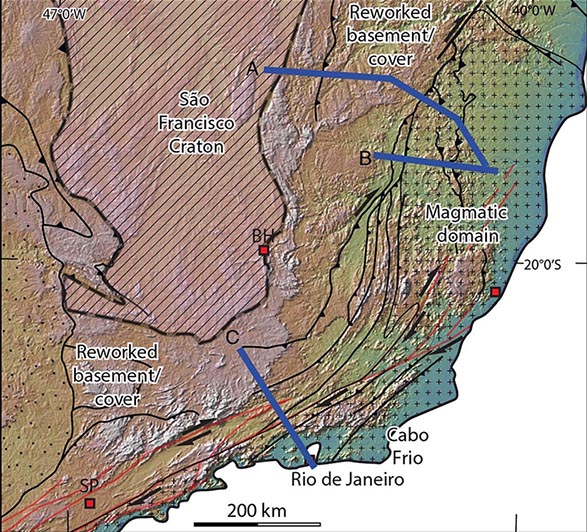
Figure: The northern part of the Mantiqueira Province (Araçuai and Ribeira belts).
Borborema Province
The Borborema Province, also dominated by Pan-African orogenic deformation, hosts some of the largest and most impressive continental shear zones in the world. I am interested in their evolution and role through time in this region and hope to be able to work there in the years to come.
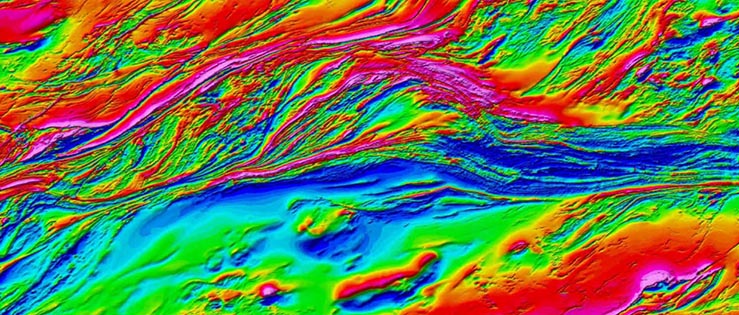
Tucano Basin (Rift)
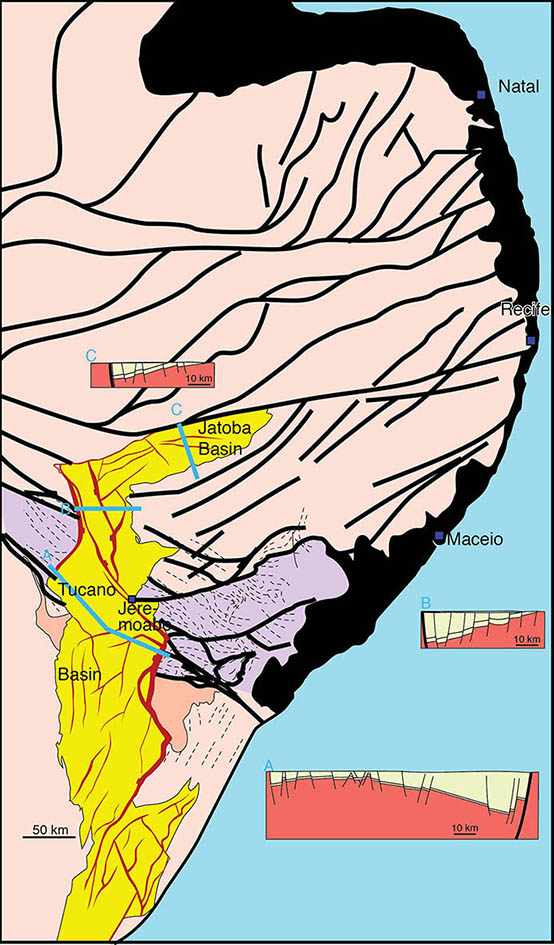 The Tucano and related components of the Cretaceous system of aborted rifts in Brazil are related to the pre-opening history of the Atlantic, and in this sense forms a parallel to the North Sea, where I have been working for a long time.
The Tucano and related components of the Cretaceous system of aborted rifts in Brazil are related to the pre-opening history of the Atlantic, and in this sense forms a parallel to the North Sea, where I have been working for a long time.
In contrast to the North Sea rift, the Tucano basin is located onshore, which allows for field work. Deformation band faults are well developed in the continental sandstones, with many similarities to deformation band faults that I have studied in the western USA and elsewhere. Based on my experience from these places, I find it interesting to do some field work in the Cretaceous Brazilian rifts. The bands in Brazil are cataclastic, involve strain hardening (localizing into clusters most places), form ladder structures and are the type of bands that may influence fluid flow during production and injection in an oil field or during water production from a groundwater reservoir.
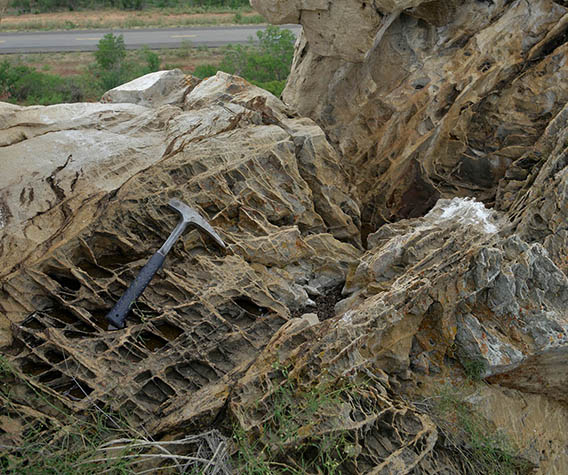
Educational collaboration
The Integrated orogen-sedimentary basin project is a joint advanced training program between the Universities of Bergen, Sao Paulo and Rio (UERJ). The overall goal of the research-based educational exchange will be high-level training for master and PhD students in integrated solid earth science. Seminars, summer schools and field trip are being done within this project, which is supported by CAPES and SIU. See THIS LINK for more information.
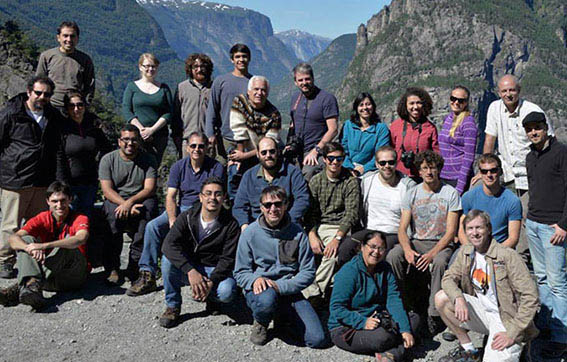
.jpg)
